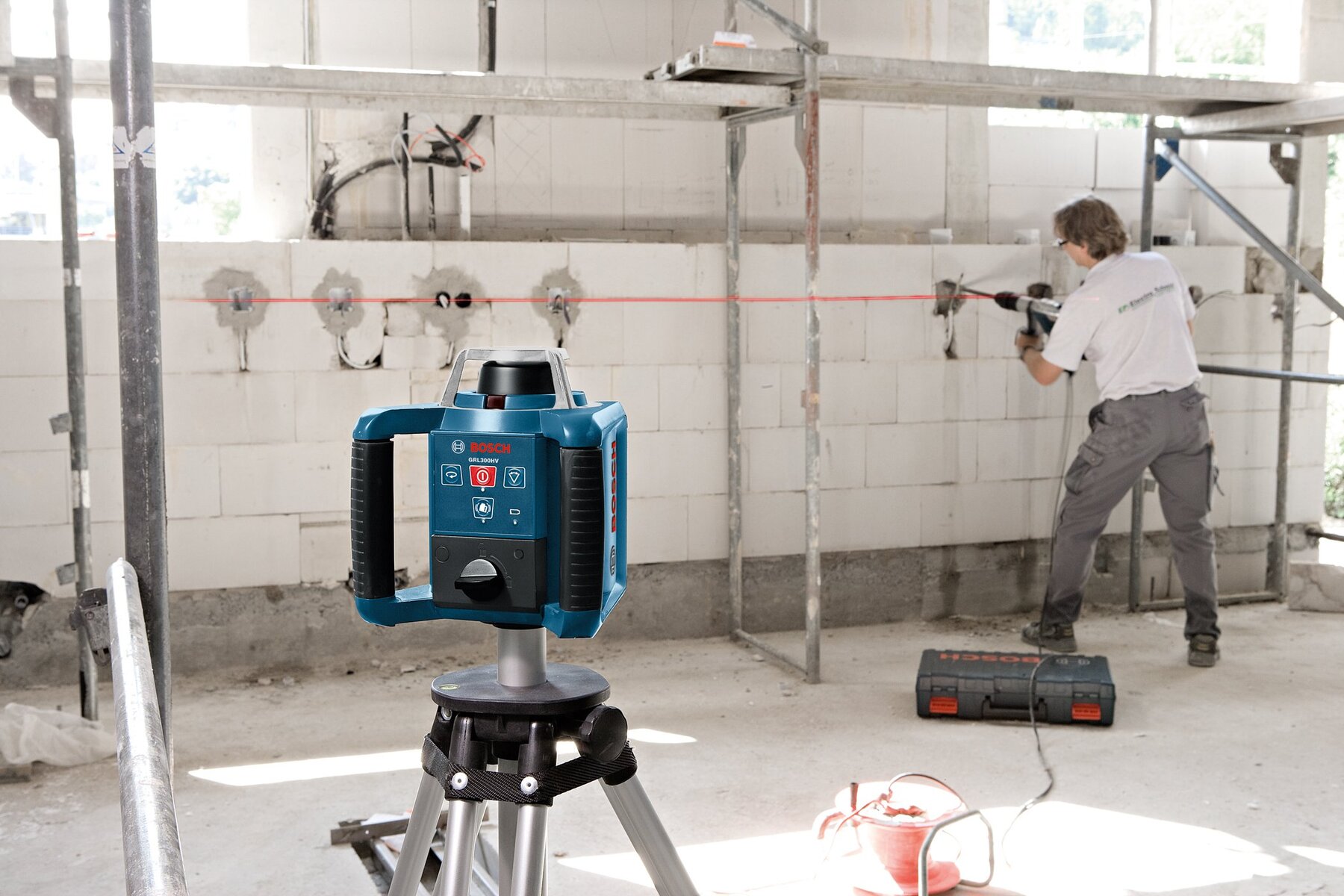

Articles
What Can I Use A Laser Level For
Modified: February 22, 2024
Discover the numerous applications of laser levels in this informative article. From construction to DIY projects, find out how laser levels can make your work easier and more precise.
(Many of the links in this article redirect to a specific reviewed product. Your purchase of these products through affiliate links helps to generate commission for Storables.com, at no extra cost. Learn more)
Introduction
A laser level is a versatile tool that utilizes laser technology to create a level and accurate reference point or line. Whether you are a DIY enthusiast or a professional contractor, a laser level can be a valuable addition to your toolkit. It simplifies various tasks that require precision and alignment, making them quicker and more efficient.
In this article, we will explore the uses of laser levels and the benefits they offer. We will also discuss the factors to consider when using a laser level to ensure optimal performance. So, let’s dive in and discover the possibilities of this remarkable tool.
Key Takeaways:
- Laser levels offer precise alignment for tasks like hanging pictures, installing shelves, and setting fence posts. They save time and effort while ensuring professional-quality results, making them essential for DIY and professional projects.
- Choosing the right laser level, following safety precautions, and proper maintenance are crucial for optimal performance. Laser levels provide increased accuracy, efficiency, and minimal room for error, enhancing productivity in various projects.
Read more: Where Can I Rent A Laser Level
Understanding Laser Levels
A laser level works by projecting a beam of laser light onto a surface, creating a visible reference point or line. The laser beam emits a straight, highly focused light that can be seen over long distances. It operates on the principle that light travels in a straight line until it hits an object or surface, where it reflects or refracts.
There are different types of laser levels available, each designed for specific applications:
- Dot laser level: This type of laser level emits a single dot of light and is primarily used for smaller-scale indoor leveling tasks. It offers basic leveling functionality and is suitable for tasks like aligning pictures or hanging small objects.
- Line laser level: A line laser level projects a straight horizontal or vertical line onto a surface. It is commonly used for tasks that require precise alignment, such as installing shelves, cabinets, or tiles. Some line laser levels also have the capability to project multiple lines at different angles.
- Rotary laser level: A rotary laser level emits a rotating laser beam in a 360-degree circle, creating a level reference plane. It is ideal for large-scale construction projects that require accurate leveling over long distances, such as setting up foundation footings or grading land.
- Cross-line laser level: As the name suggests, a cross-line laser level projects two intersecting lines, forming a cross shape. This type of laser level is commonly used for tasks that require both horizontal and vertical alignments, such as installing pipes, electrical fixtures, or wallpaper.
Each type of laser level has its own specific applications and features. Understanding the different types will help you select the appropriate laser level for your specific task.
Common Uses of Laser Levels
A laser level is a versatile tool that can be used in a wide range of applications. Let’s explore some common uses:
- Aligning and Leveling Pictures and Frames: Instead of relying on a traditional level or measuring tape, a laser level can ensure that your pictures and frames are perfectly straight and aligned. Simply project a horizontal or vertical line using the laser level and adjust the position of your artwork accordingly.
- Installing Shelves and Cabinets: When installing shelves or cabinets, it’s crucial to ensure they are level and properly aligned. A line laser level can help you create a straight reference line, ensuring that your shelves or cabinets are installed accurately and evenly.
- Hanging Wallpaper: Hanging wallpaper can be a challenging task, especially when it comes to aligning patterns and keeping the edges straight. A cross-line laser level can project two intersecting lines to serve as a guide for precise wallpaper alignment, resulting in a professional-looking finish.
- Installing Tiles: Achieving a level and straight tile installation is essential for both aesthetics and functionality. A laser level can project a level reference line on a wall or floor, making it easier to align and lay down tiles accurately. It can also help in maintaining consistent grout lines.
- Setting Fence Posts and Decking: When building a fence or deck, it’s crucial to ensure that the posts or decking boards are level and aligned. A rotary laser level can project a 360-degree beam, allowing you to set the posts or lay the decking with precision and uniformity.
- Aligning and Leveling Piping and Electrical Fixtures: A laser level can be invaluable when it comes to aligning and leveling pipes, conduits, and electrical fixtures. It ensures that everything is installed straight and level, reducing the risk of leakage, misalignment, or electrical issues.
- Checking Slopes and Gradients: Whether you’re working on landscaping projects, grading a driveway, or installing drainage systems, a laser level can help you check slopes and gradients with ease. It provides accurate measurements and ensures that the surface is properly leveled.
These are just a few examples of how a laser level can simplify your tasks and improve accuracy in various projects. Its versatility and precision make it an indispensable tool for both DIY enthusiasts and professionals.
When using a laser level, make sure to set it on a stable surface to ensure accurate measurements. Even slight movement can affect the level’s accuracy.
Benefits of Using a Laser Level
Using a laser level offers several advantages that make it a valuable tool in various applications. Here are some key benefits:
- Increased Accuracy and Precision: One of the primary benefits of using a laser level is its ability to provide precise and accurate measurements. Whether you’re aligning pictures, installing shelves, or setting up construction projects, a laser level ensures a level reference point or line. This eliminates the guesswork and helps you achieve professional-quality results.
- Time and Effort Saving: Traditional methods of leveling and alignment, such as using a bubble level or measuring tape, can be time-consuming and require multiple adjustments. With a laser level, you can quickly project a level line or reference point, significantly reducing the time and effort needed to complete tasks. This allows you to work more efficiently and tackle more projects in less time.
- Minimal Room for Error: Human error can be a factor when relying on manual leveling methods. Misalignments, crooked installations, and uneven surfaces can lead to costly mistakes. The precision and reliability of a laser level eliminate the potential for errors. The laser beam provides a clear visual guide that ensures consistent accuracy, resulting in professional-looking outcomes every time.
These benefits make a laser level an invaluable tool for a wide range of projects. Whether you’re a DIY enthusiast or professional contractor, a laser level can greatly enhance your efficiency and the quality of your work.
Factors to Consider When Using a Laser Level
While using a laser level can greatly simplify your tasks and improve accuracy, there are a few important factors to consider to ensure optimal performance and safety. Let’s explore these factors:
- Choosing the Right Laser Level for the Job: Different laser levels are designed for specific applications. Consider the size and scale of your project as well as the required accuracy and range. Determine whether you need a dot laser level for simple indoor tasks, a line laser level for more precise alignments, or a rotary laser level for large-scale construction projects.
- Operating and Safety Precautions: Before using your laser level, familiarize yourself with the manufacturer’s instructions and safety guidelines. Be aware of potential hazards, such as the laser beam directly entering the eyes. Always wear appropriate eye protection and use caution when operating the laser level, especially in busy or high-traffic areas.
- Proper Calibration and Maintenance: It’s crucial to ensure that your laser level is properly calibrated before each use. Follow the manufacturer’s instructions for calibration procedures and perform regular maintenance to keep the tool in optimal condition. Cleaning the laser lens, checking the battery life, and storing the laser level in a safe and dry place are essential tasks for longevity and accurate performance.
By considering these factors, you can choose the right laser level for the job, operate it safely, and maintain its accuracy and performance over time.
Read more: How To Use A Laser Level
Conclusion
A laser level is a versatile and powerful tool that provides accurate leveling and alignment for a wide range of projects. Whether you’re a DIY enthusiast or a professional contractor, a laser level can greatly enhance your efficiency and the quality of your work.
By understanding how laser levels work and the different types available, you can choose the right tool for your specific task. From aligning pictures and installing shelves to setting fence posts and checking slopes, a laser level simplifies these tasks and ensures precise results.
The benefits of using a laser level are numerous. It offers increased accuracy and precision, reducing the margin for error. The time and effort saved using a laser level can be significant, allowing you to work more efficiently and complete projects in less time. Additionally, the minimal room for error ensures that your installations and alignments are professional-looking and precise every time.
When using a laser level, it’s important to consider factors such as choosing the right laser level for the job, following operating and safety precautions, and properly calibrating and maintaining the tool. These considerations will help ensure optimal performance and safety.
In conclusion, a laser level is a valuable tool that simplifies leveling and alignment tasks, improves accuracy, and saves time and effort. By incorporating a laser level into your toolkit, you can achieve professional-quality results and enhance your overall productivity in various projects.
Frequently Asked Questions about What Can I Use A Laser Level For
Was this page helpful?
At Storables.com, we guarantee accurate and reliable information. Our content, validated by Expert Board Contributors, is crafted following stringent Editorial Policies. We're committed to providing you with well-researched, expert-backed insights for all your informational needs.
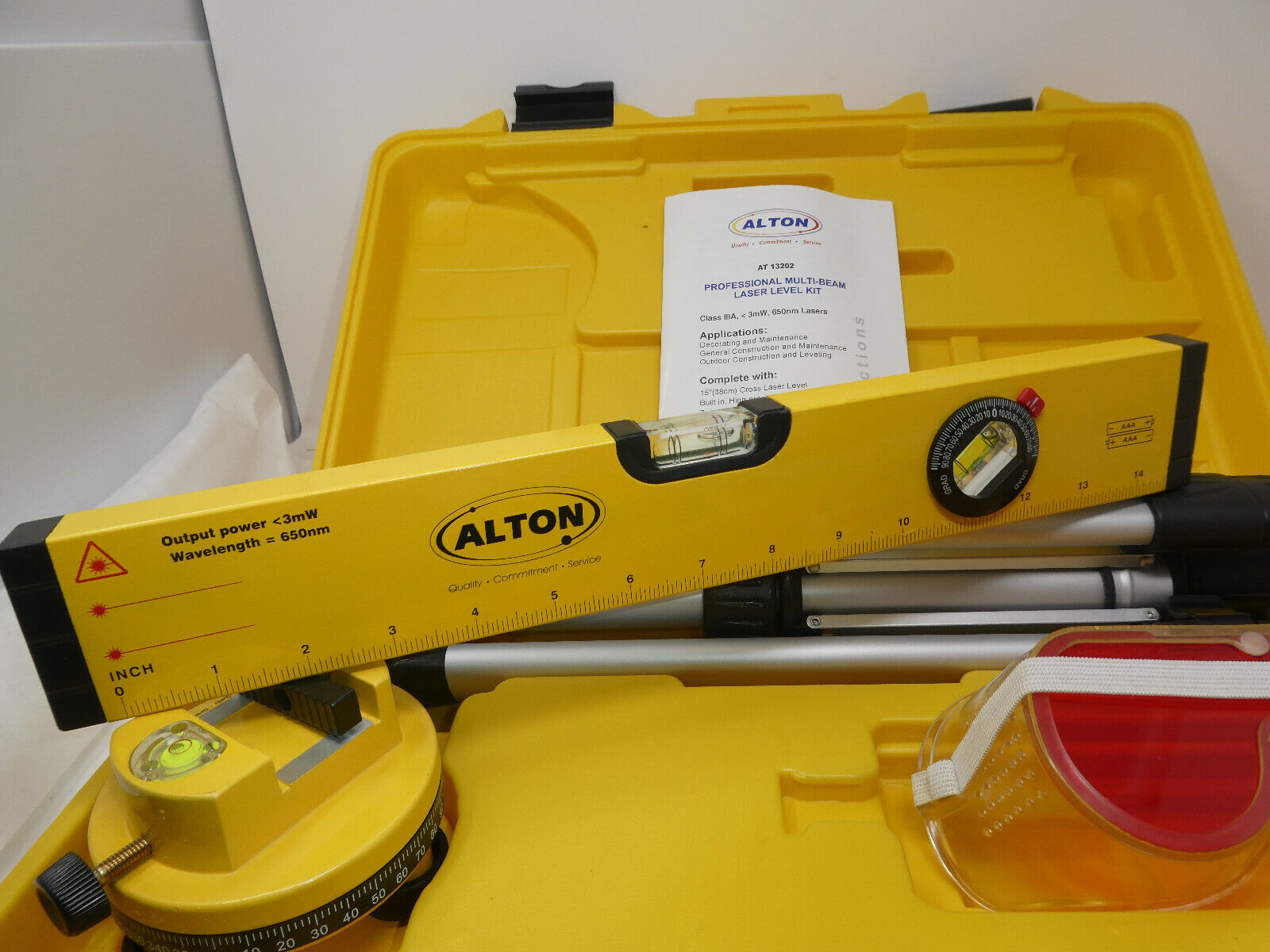


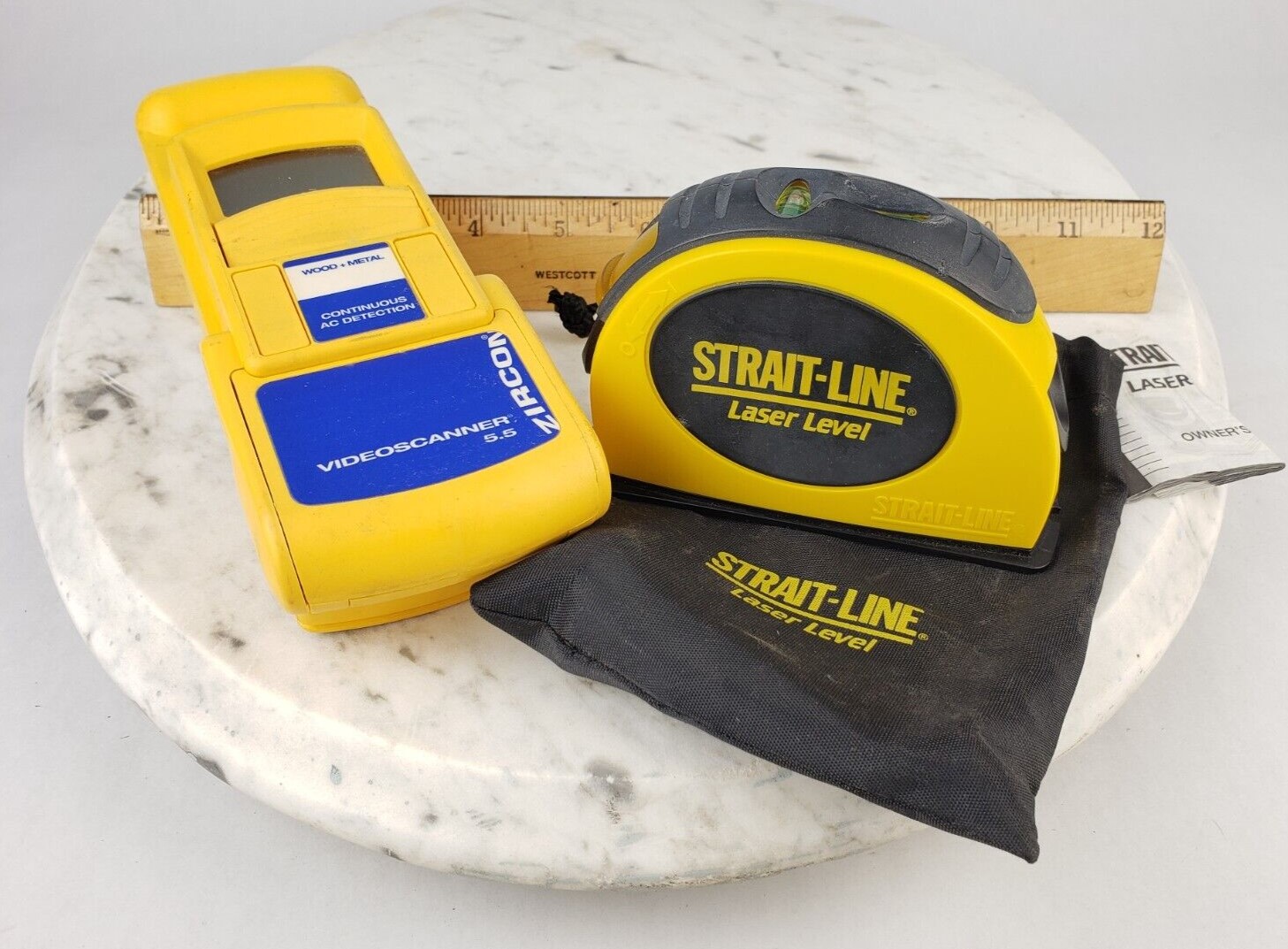
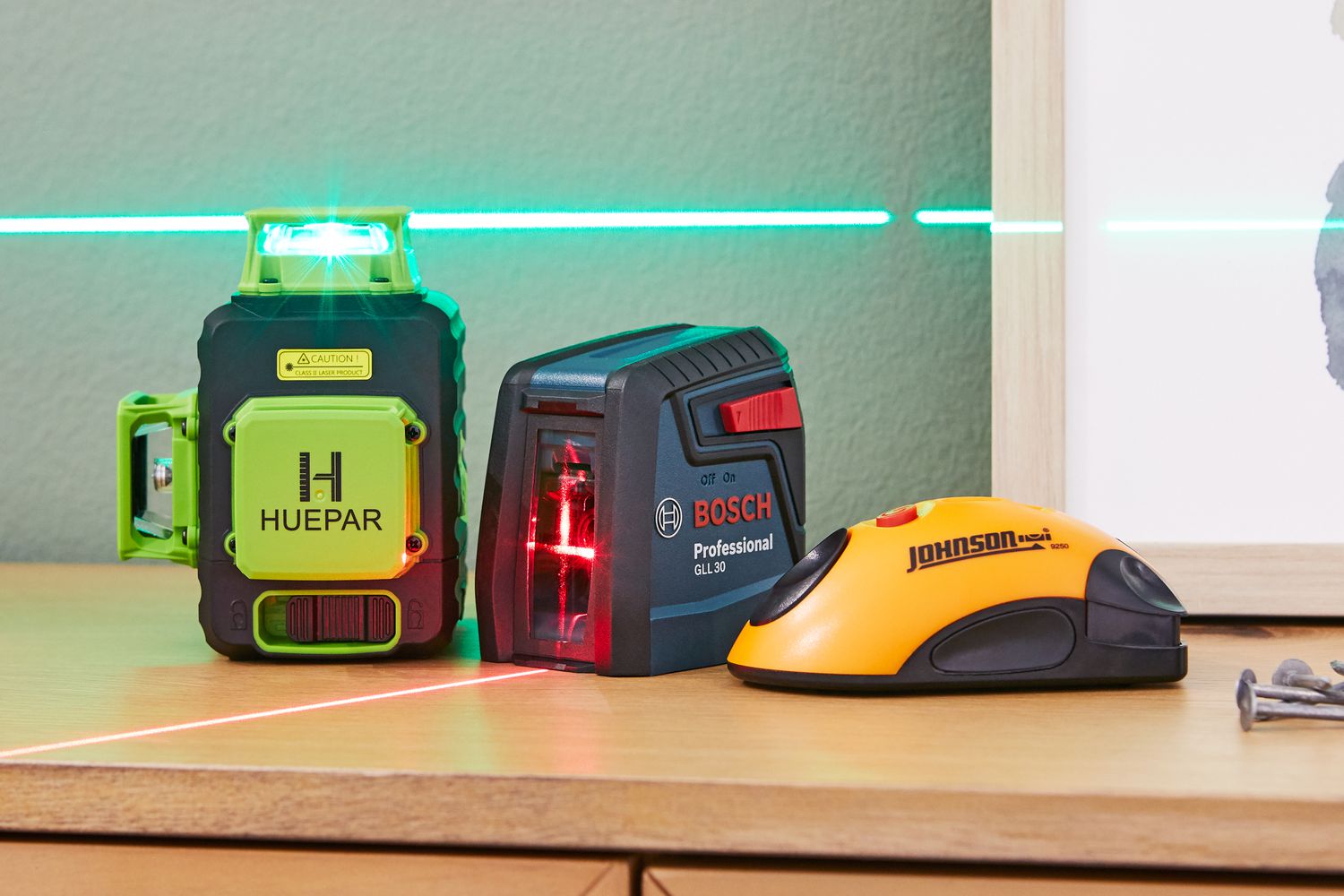
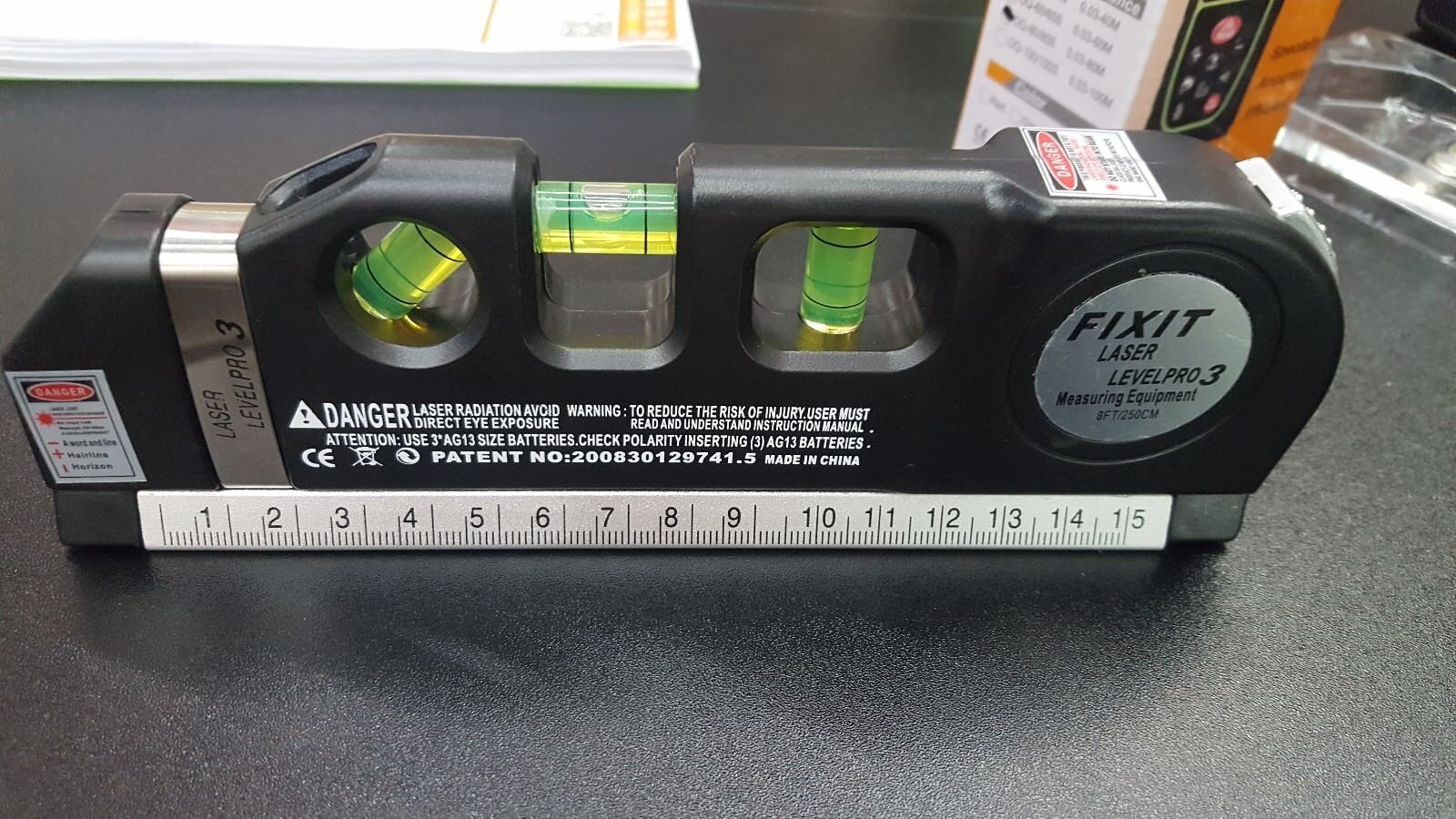
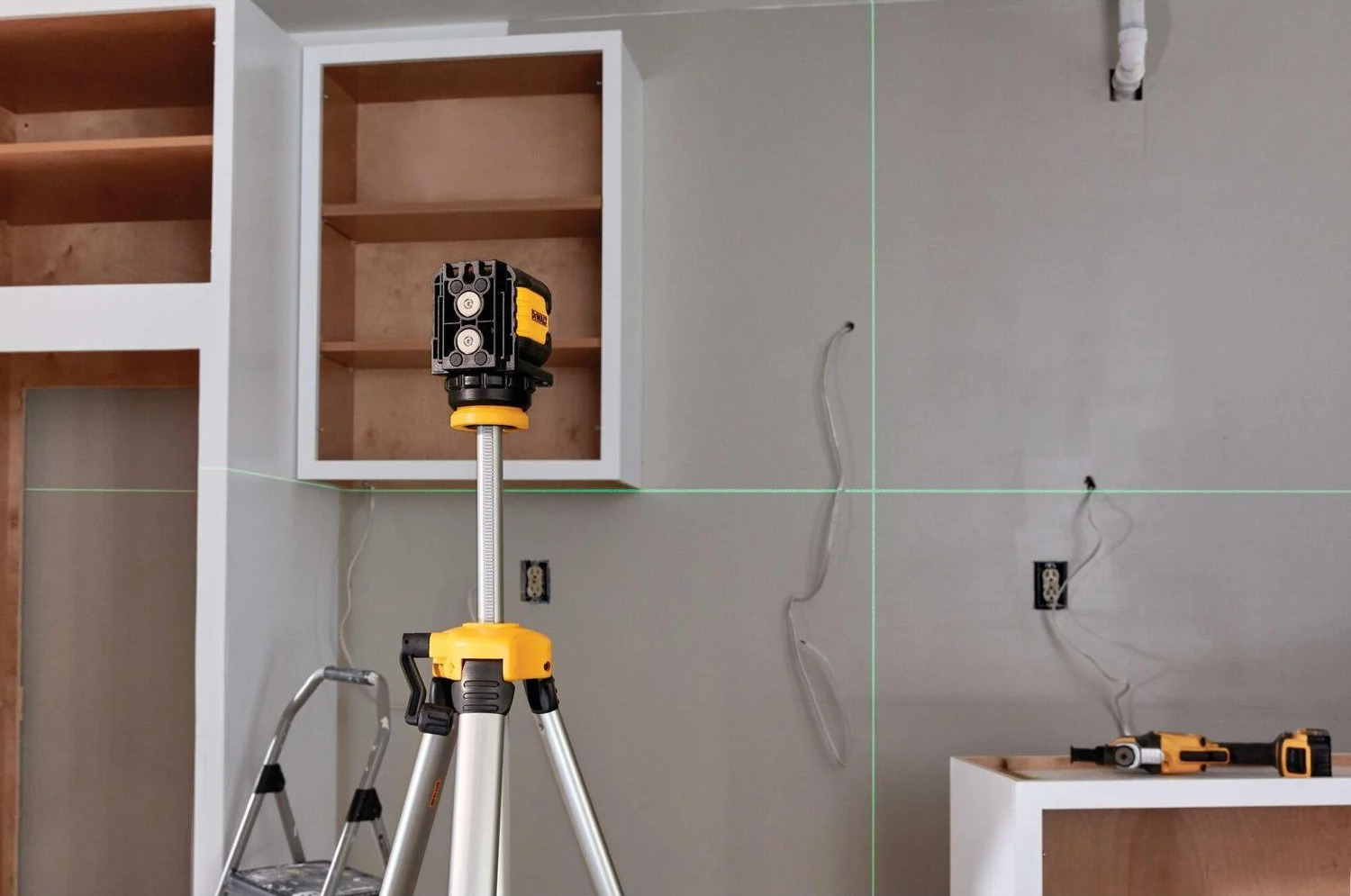
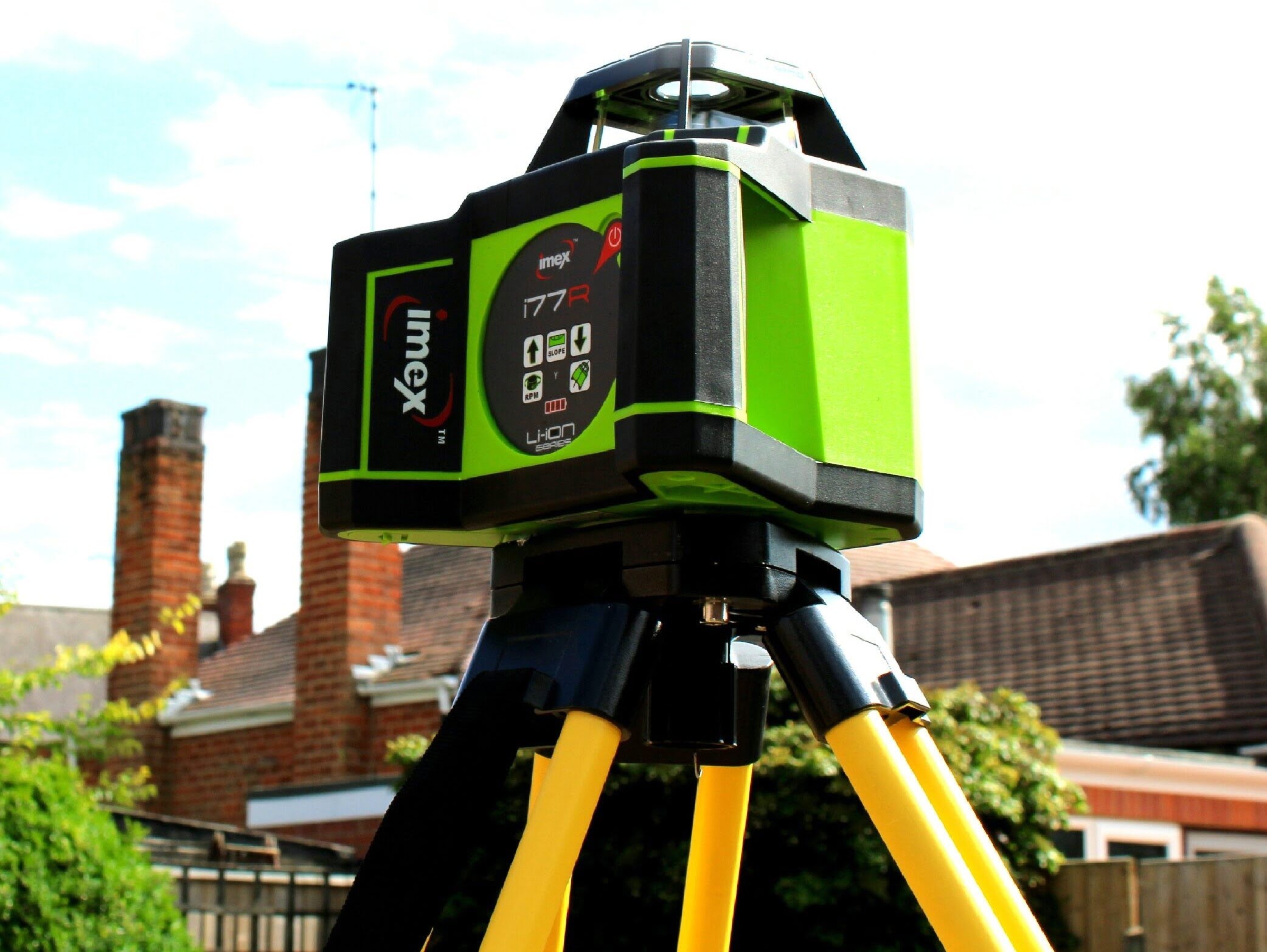
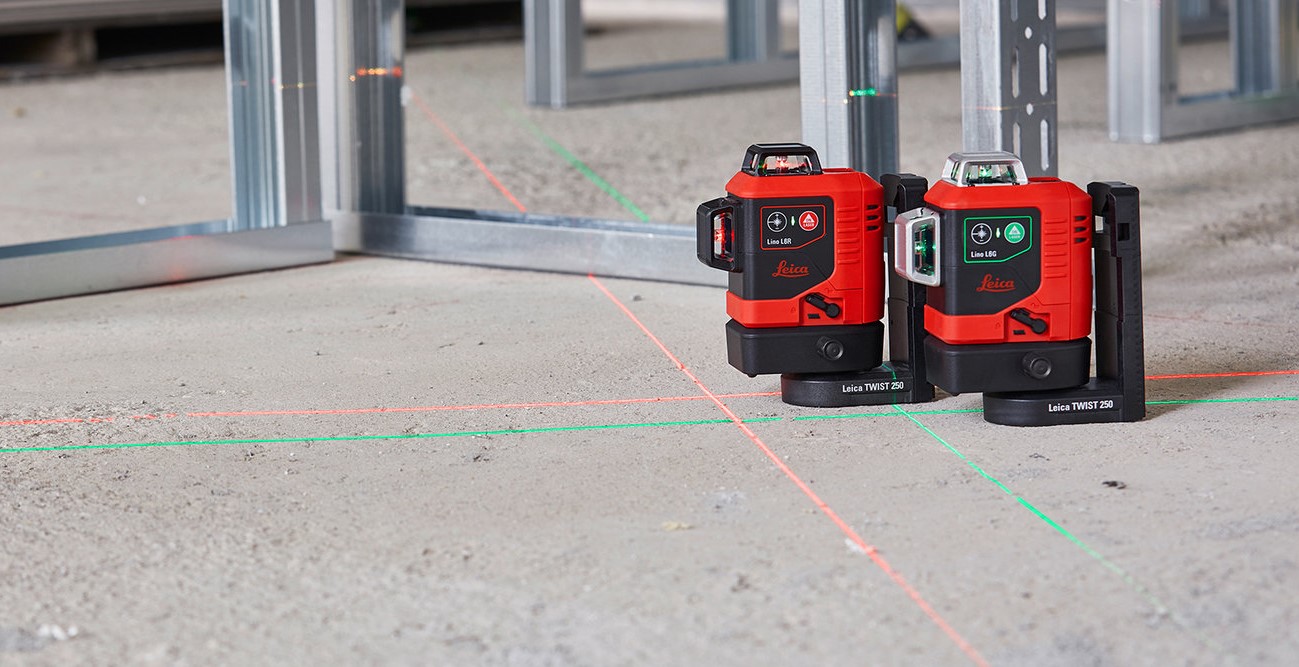
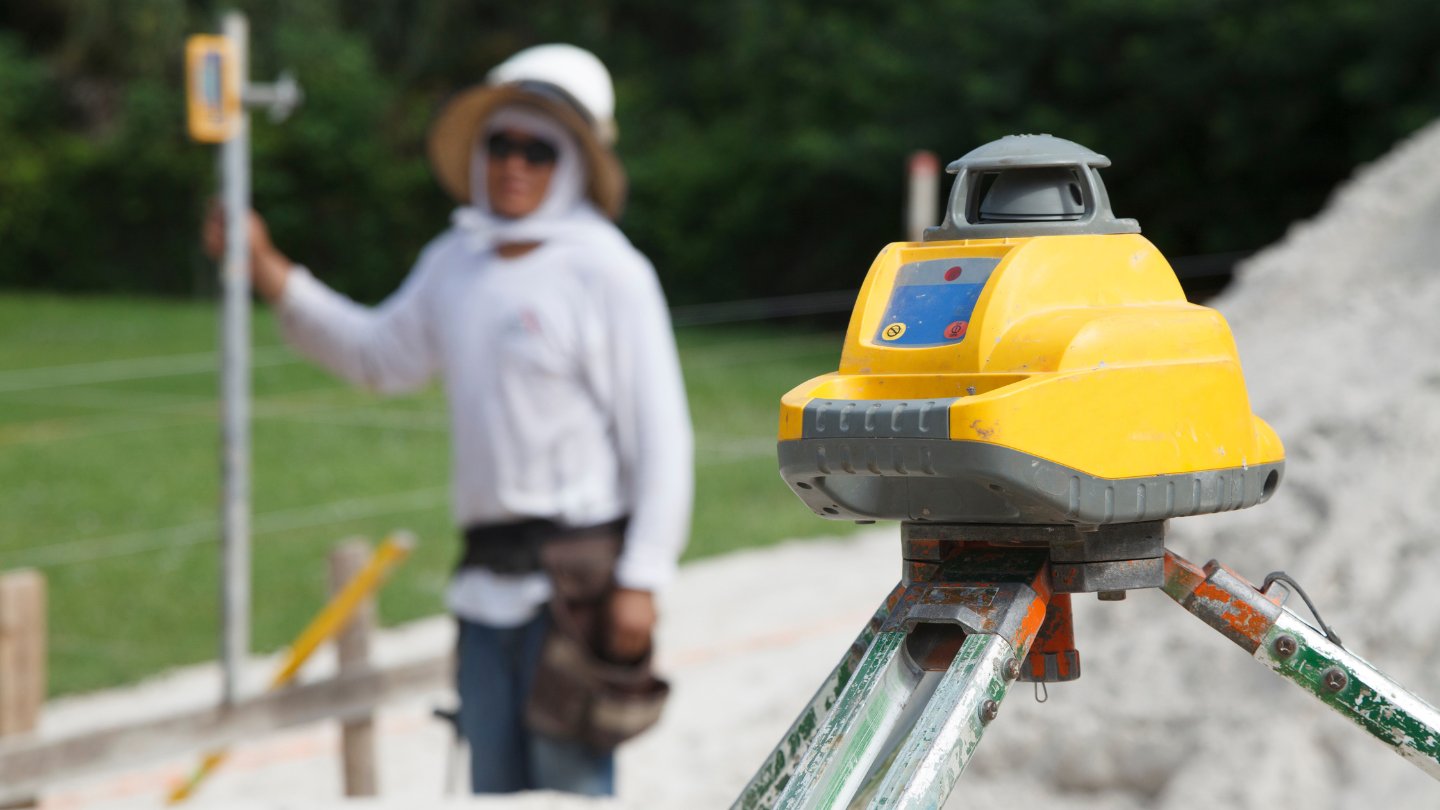
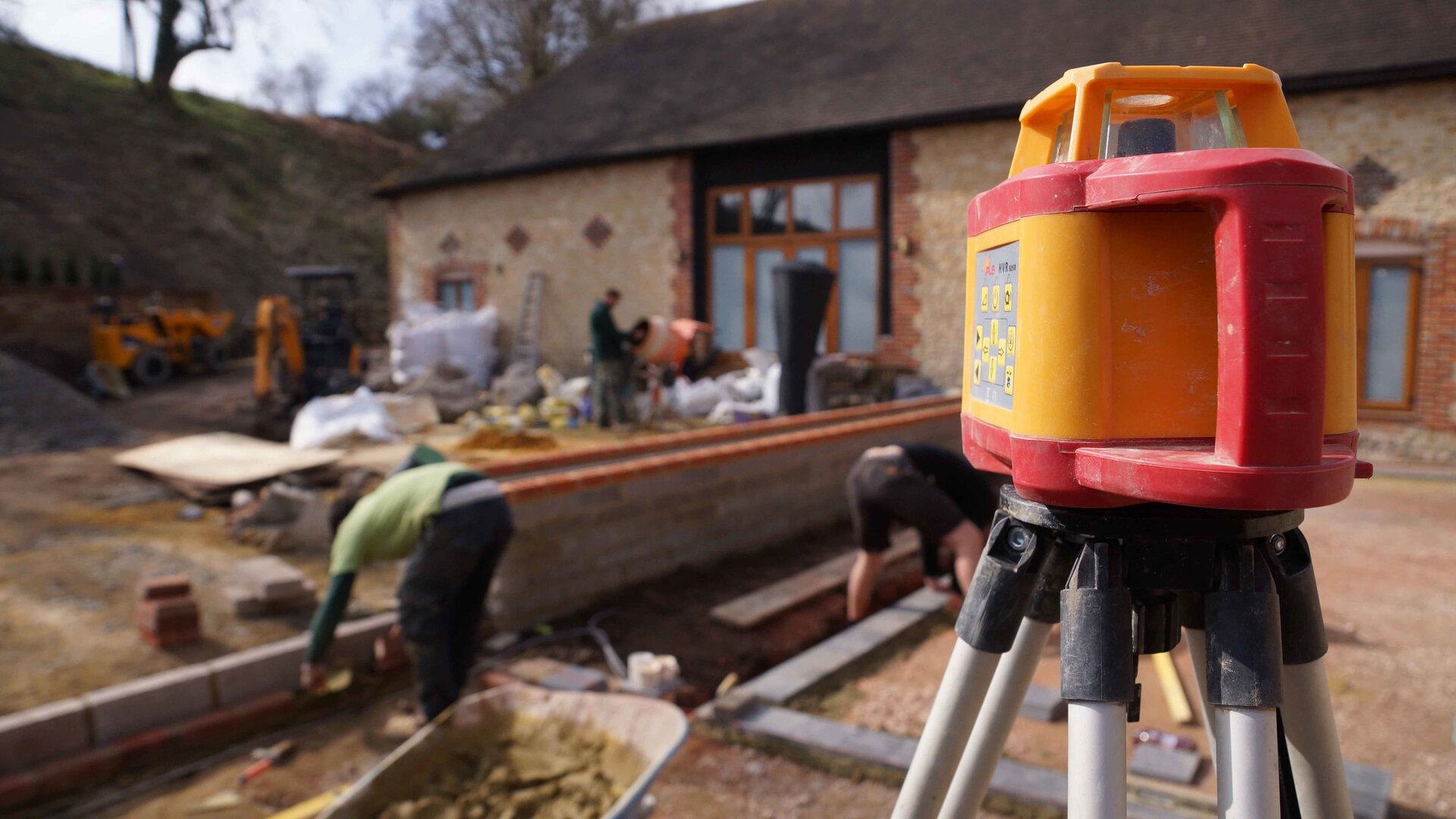
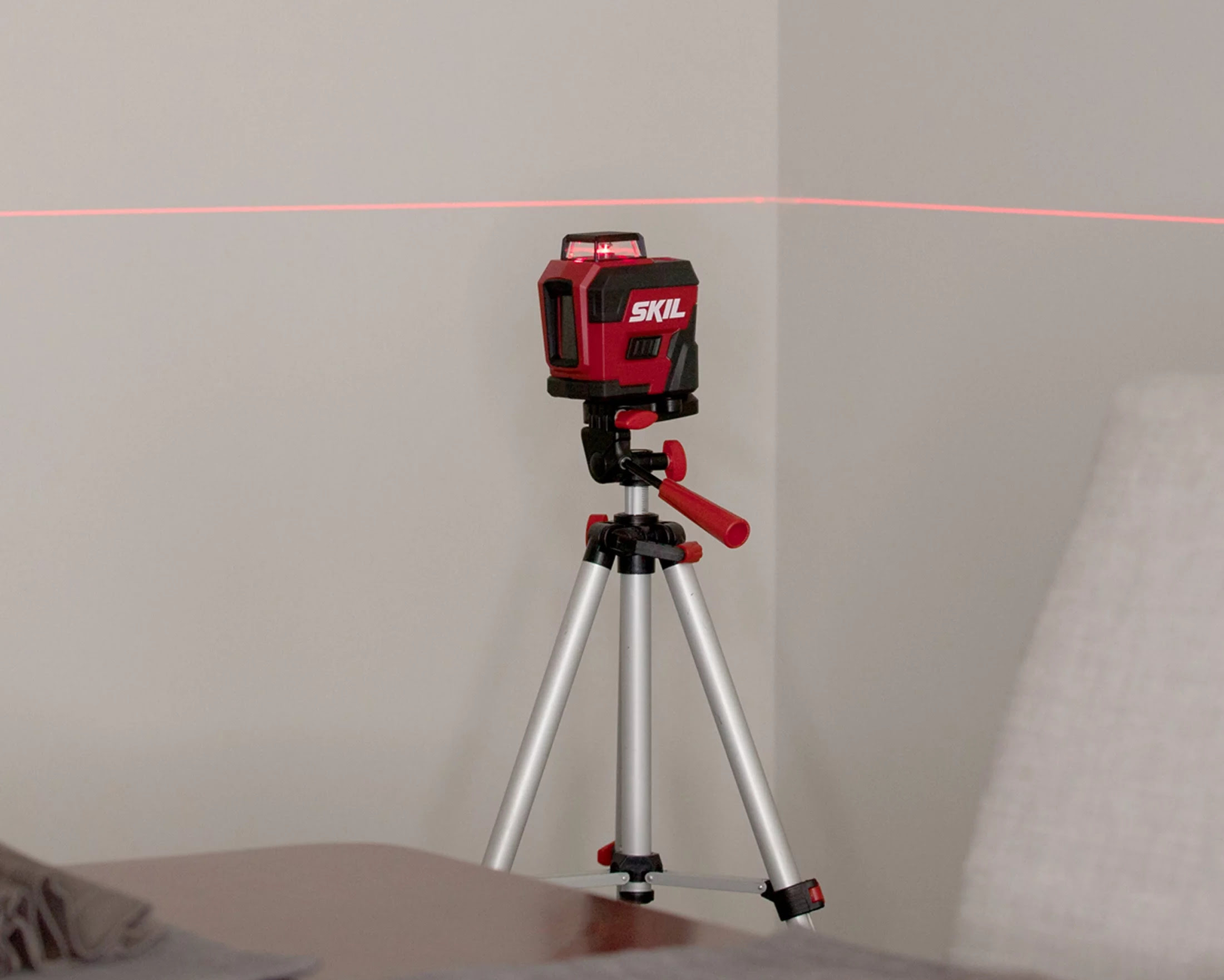
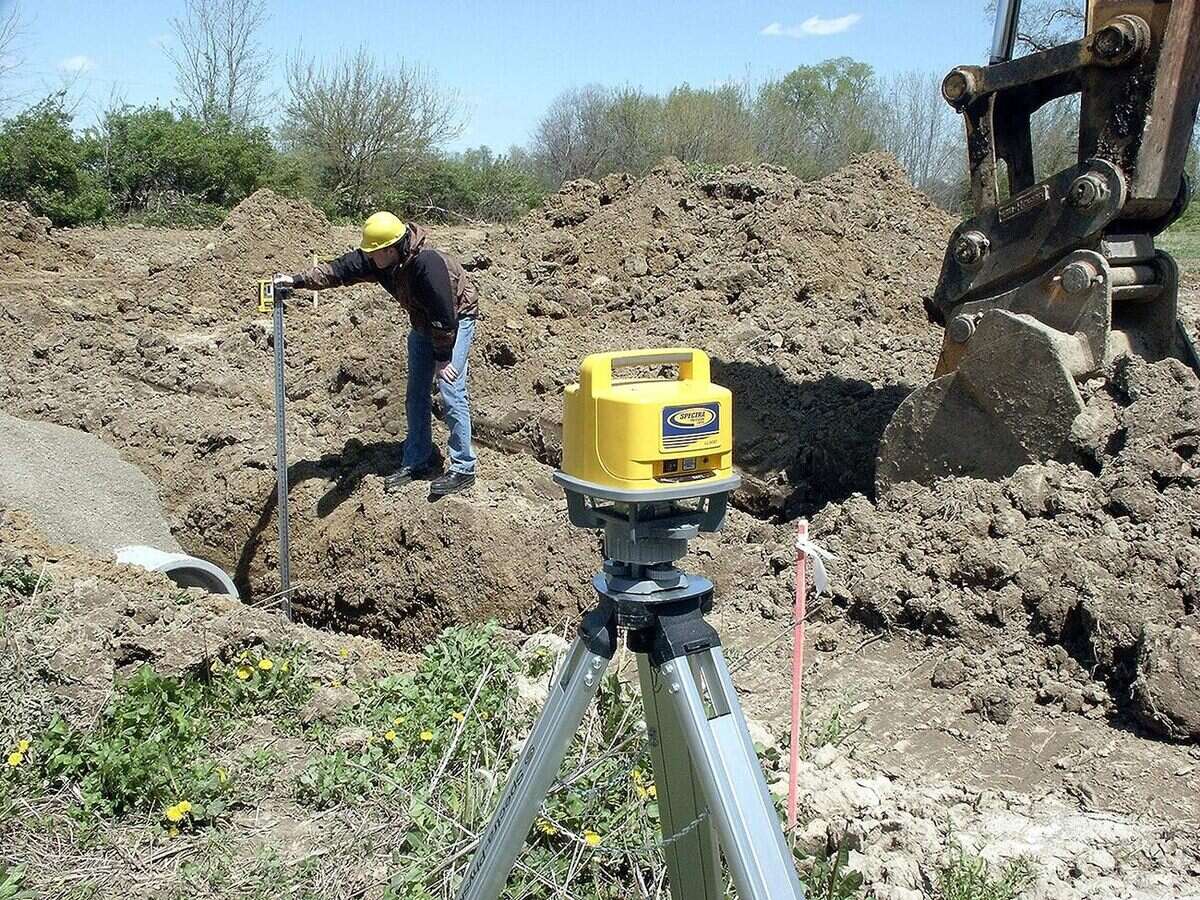
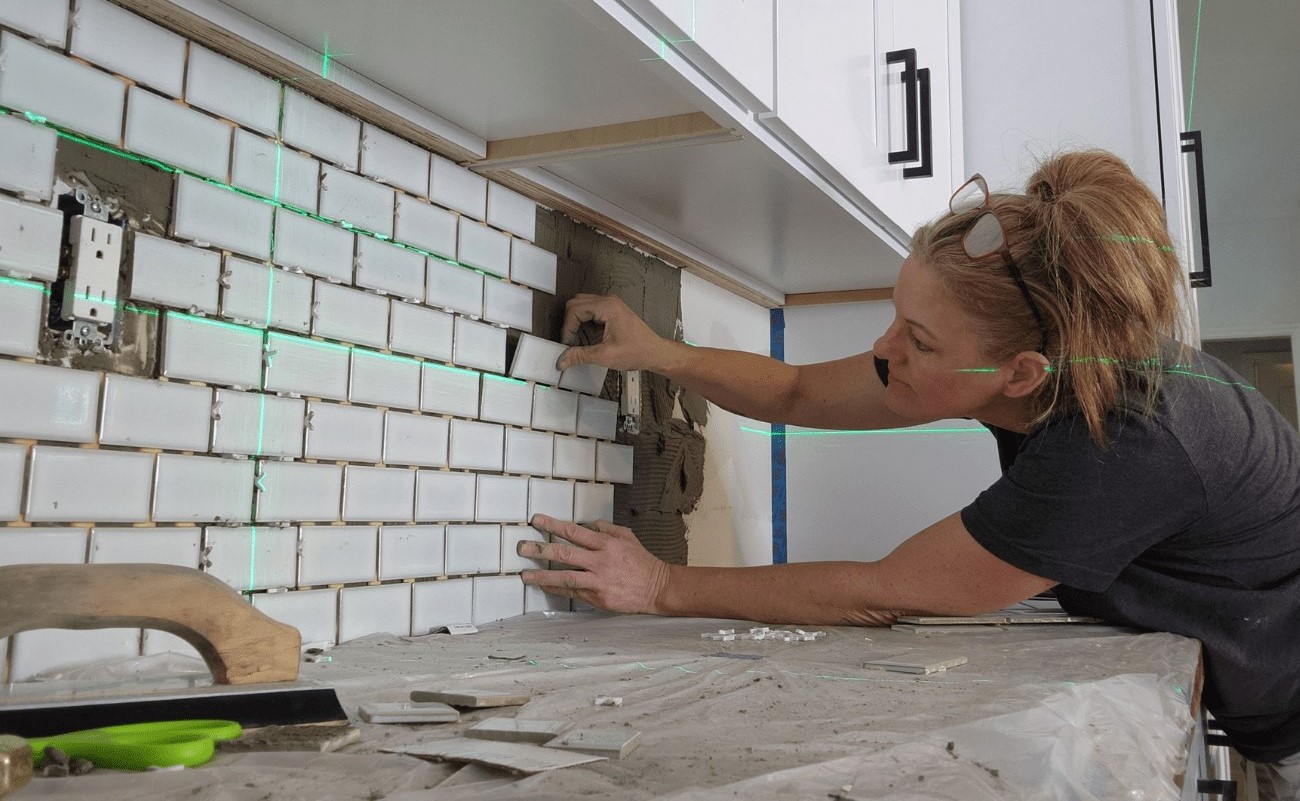

0 thoughts on “What Can I Use A Laser Level For”